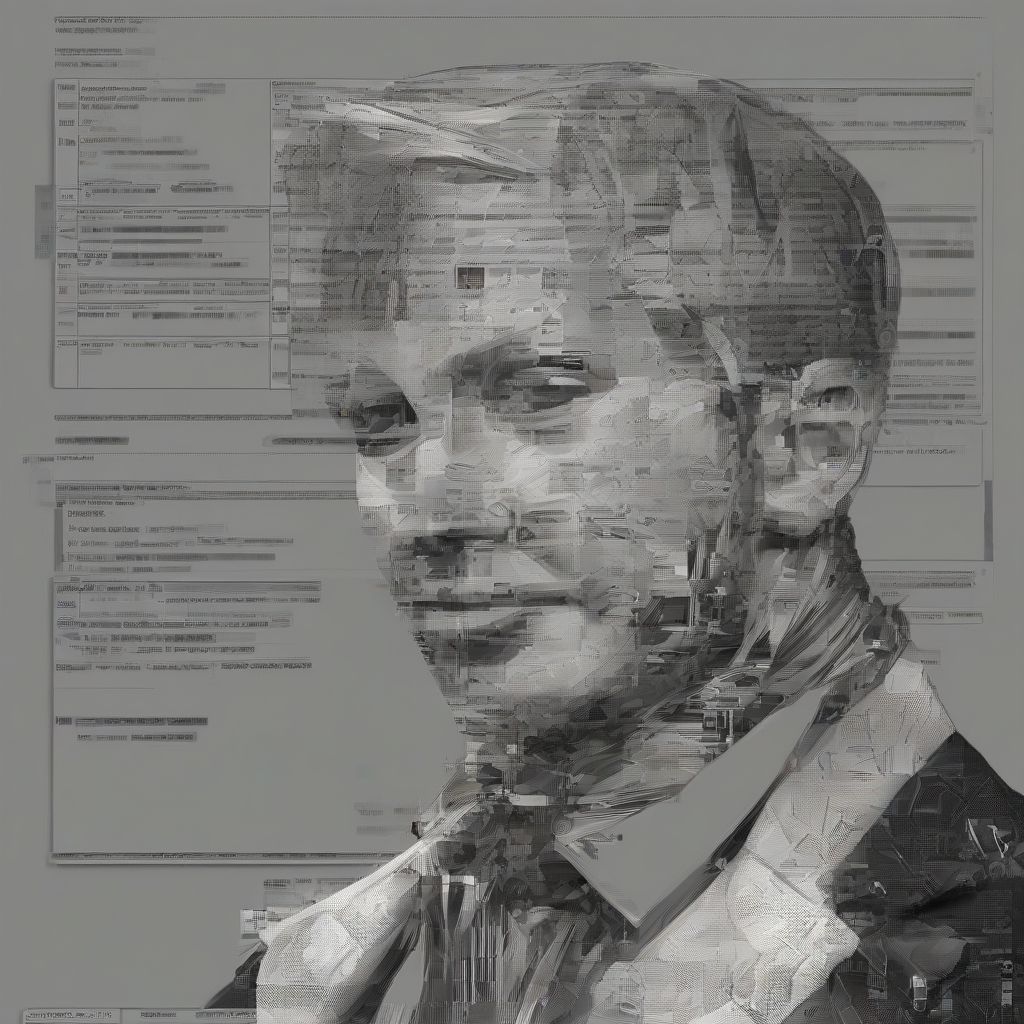Revolutionizing Healthcare: A Deep Dive into Health Info Tech
Health information technology (Health IT or HIT) is rapidly transforming the healthcare landscape, impacting everything from patient care and medical research to administrative processes and public health initiatives. This comprehensive exploration delves into the multifaceted world of Health IT, examining its key components, benefits, challenges, and future implications.
1. Electronic Health Records (EHRs) and Electronic Medical Records (EMRs): The Foundation of Health IT
EHRs and EMRs are digital versions of patients’ medical charts. While often used interchangeably, there’s a subtle distinction: EMRs focus on a single healthcare provider’s data, while EHRs offer a more comprehensive view encompassing information from multiple providers across different settings. These systems store a wealth of data, including demographics, medical history, allergies, medications, lab results, and imaging reports.
- Benefits: Improved data accessibility, reduced medical errors, enhanced care coordination, better patient engagement, streamlined administrative tasks.
- Challenges: High implementation costs, interoperability issues between different systems, data security and privacy concerns, potential for physician burnout due to increased documentation burden.
2. Telehealth: Expanding Access to Care
Telehealth utilizes technology to deliver healthcare services remotely. This includes video conferencing for virtual consultations, remote patient monitoring (RPM) using wearable devices, and online portals for secure communication between patients and providers. Telehealth has dramatically expanded access to care, especially for patients in rural areas or with mobility limitations.
- Benefits: Increased convenience and accessibility, reduced travel costs and time, improved patient adherence to treatment plans, enhanced patient-provider communication.
- Challenges: Ensuring adequate broadband access, addressing regulatory and reimbursement complexities, maintaining patient privacy and data security, ensuring the quality of remote care.
3. Health Information Exchanges (HIEs): Sharing Information Seamlessly
HIEs are electronic networks that allow healthcare providers to securely share patients’ medical information. This facilitates better care coordination, reduces redundant testing, and avoids medication errors. HIEs are crucial for improving the efficiency and quality of healthcare delivery.
- Benefits: Improved care coordination, reduced healthcare costs, enhanced patient safety, better public health surveillance.
- Challenges: Establishing interoperability standards, ensuring data privacy and security, addressing legal and ethical considerations, managing data governance and control.
4. Big Data and Analytics in Healthcare: Unlocking Insights
The vast amount of data generated by Health IT systems presents an opportunity to apply big data analytics to improve healthcare outcomes. By analyzing this data, healthcare organizations can identify trends, predict patient risks, personalize treatment plans, and enhance operational efficiency.
- Benefits: Improved disease prediction and prevention, personalized medicine, enhanced operational efficiency, better resource allocation.
- Challenges: Ensuring data quality and integrity, protecting patient privacy, developing sophisticated analytical tools, interpreting complex data sets.
5. Artificial Intelligence (AI) and Machine Learning (ML) in Healthcare: The Next Frontier
AI and ML are rapidly transforming healthcare by automating tasks, enhancing diagnostic accuracy, and personalizing treatment plans. AI-powered tools can analyze medical images, predict patient outcomes, and even assist with drug discovery.
- Benefits: Improved diagnostic accuracy, faster and more efficient workflows, personalized medicine, accelerated drug discovery.
- Challenges: Ensuring algorithm bias and fairness, addressing ethical concerns related to AI decision-making, ensuring data security and privacy, validating the accuracy and reliability of AI-powered tools.
6. Wearable Technology and Remote Patient Monitoring: Empowering Patients
Wearable devices, such as smartwatches and fitness trackers, are increasingly used for remote patient monitoring (RPM). This allows healthcare providers to track patients’ vital signs and other health data remotely, enabling early detection of potential problems and proactive interventions.
- Benefits: Improved patient engagement, early detection of health problems, proactive intervention, reduced hospital readmissions.
- Challenges: Data accuracy and reliability, ensuring data security and privacy, managing data overload, integrating wearable data with EHRs.
7. Cybersecurity in Health IT: Protecting Sensitive Data
Health IT systems store sensitive patient data, making cybersecurity a critical concern. Robust security measures are essential to protect patient information from unauthorized access, theft, or breaches.
- Benefits: Protecting patient privacy, maintaining data integrity, complying with regulations, preventing financial losses.
- Challenges: Evolving cyber threats, limited resources for cybersecurity, lack of awareness among healthcare professionals, complex regulatory landscape.
8. Interoperability: The Key to Seamless Healthcare Data Exchange
Interoperability refers to the ability of different Health IT systems to exchange data seamlessly. This is essential for improving care coordination, reducing medical errors, and promoting efficient healthcare delivery. Achieving true interoperability remains a major challenge in the Health IT field.
- Benefits: Improved care coordination, reduced medical errors, enhanced patient safety, more efficient healthcare delivery.
- Challenges: Lack of standardization, differing data formats, legacy systems, vendor lock-in.
9. The Future of Health Info Tech: Emerging Trends
The future of Health IT is brimming with exciting possibilities. Emerging trends include the increasing use of blockchain technology for secure data sharing, the development of more sophisticated AI-powered tools, and the integration of virtual reality and augmented reality into healthcare.
- Blockchain: Enhanced security and transparency in data sharing.
- Advanced AI: More accurate diagnostics, personalized treatment plans, and automated workflows.
- VR/AR: Immersive training for healthcare professionals, improved patient education and engagement.
10. The Role of Government and Policy in Health IT
Government policies and regulations play a crucial role in shaping the development and adoption of Health IT. Initiatives aimed at promoting interoperability, securing patient data, and incentivizing the use of Health IT are essential for realizing the full potential of this transformative technology.





